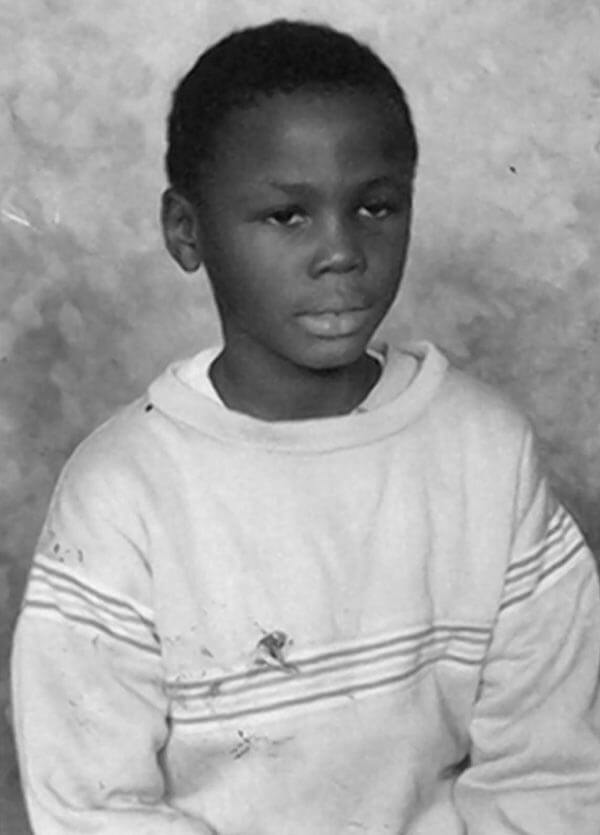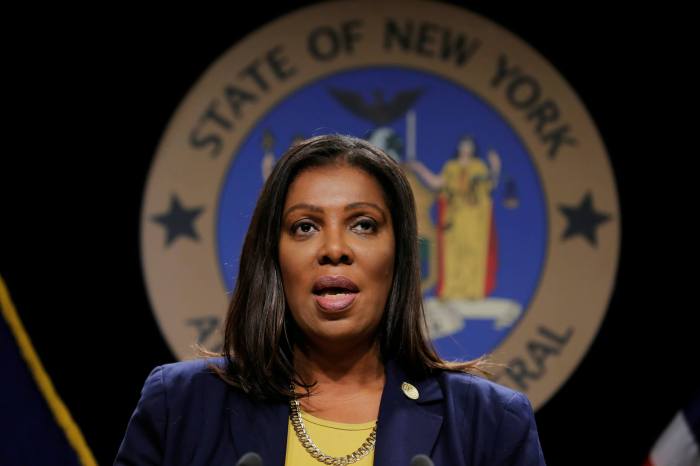Crown Heights seems to be the latest catch-phrase for attention.
On Aug. 25, a movie of that name will open and is bound to attract interest from patrons curious about the title.
Spoiler alert, the film has absolutely nothing to do with Crown Heights.
As a matter of fact, this Insider already saw the film and Crown Heights, the movie is based on a case which took place in Flatbush.
An aside though is the selected memories and topics Americans tend to focus.
It is almost inconceivable to comprehend why Americans were recently riveted to television to see whether or not O.J. Simpson would be paroled after serving nine years for a crime he was convicted to remain imprisoned for 33 years.
That the entire nation is/was as curious to witness the outcome prompted commercial television networks to pre-empt comments from the president of the United States in order to appease viewers by broadcasting a live proceeding seems a national obsession that may haunt the former football player and actor who emerged a celebrity spokesperson for a car rental outlet and for decades held Hollywood swagger.
The fact that Simpson’s fall from grace occurred in the last century makes this on-going obsession a speculative query that eluded Rodney King when Simi Valley’s California police force beat him to plead “Can we just get along?”
LAPD officers went Scott-free for ruthlessly assaulting King who neither resisted nor armed himself with a weapon.
All but forgotten, King’s nationally exposed case does not seem as infectious.
Neither are the countless cases reportedly committed by police officers who shoot at will and are frequently acquitted of criminal offenses.
At a recent forum billed “the New Crown Height? A neighborhood and Its Future” the overriding consensus was that ‘new’ residents to the Brooklyn neighborhood are clueless about the tumult which occurred in 1991.
Although, like the Simpson case the explosive community revolt made national news and scarred a Brooklyn neighborhood, an explanation was that millenials were not yet born when the unrest became a signature item the summer of 1991.
Ironically, pollsters recently claimed that millenials were as much rigidly focused on the Simpson case as every other demographic.
During the platform at the Brooklyn Historical Society where Voices of Crown Heights continued their oral history series, the prevailing reason for ignorance remained with age.
Crown Heights resident Joy Ann Reid of MSNBC-TV moderated a discussion with Lisa Mathis, Brooklyn-born, 40-plus years resident of Crown Heights, Sharon Wedderburn, chairman, community board eight, Mordeicai Lighthouse, Chaba
A six-part talk-fest began after the weekend, anchor gave an overview of the tragic events that followed after Lubavitcher Josef Lifsch ran a red a light to follow a car carrying Rabbi Menachim Schneerson who was returning from a cemetery visit to his wife’s grave.
Lifsch’s car struck and killed seven-year-old Gavin Cato and seriously injured his seven-year-old cousin Angela Cato.
Witnesses to the incident helped the Guyanese natives to dislodge their children pinned under the wheels of the station-wagon Lifsch drove. And while the heat of the August 1991 summer precipitated, Caribbean nationals and Black Americans became further outraged when an ambulance arrived on the scene to secure Lifsch’s health but completely ignored the Catos and their suffering offspring.
Lifsch was able to leave the country in a haste to arrive in Tel-Aviv, Israel before the Sabbath and was never charged with the death — declared ‘an accident.”
What transpired days after was the alleged retribution stabbing of a rabbinical student named Yankel Rosenbaum.
The assault by Lemrick Nelson from Trinidad and Togago led to his death.
Except for the Rosenbaum tragedy, neither the Cato name nor the correct age of “an eight-year-old boy” described the national disgrace which led to a campaign to oust David N. Dinkins, the first and only Black mayor of New York City.
Perhaps a total rehash of the Brooklyn conflict between Blacks and Jews might not have been appropriate considering last year during the 25th anniversary the same hosts addressed the issue.
But a balanced synopsis might have more accurately appeased an audience since each community and the media seems to have varying accounts of the events.
While many were displaced and others continue to nurse a still-healing wound there are testaments from some who were arrested, beaten and disfranchised by members of the NYPD.
However, admission that new residents are clueless about the troublesome revolt was a standout to the discussions.
“A neighborhood and its future” was the focus and according to participants the unrest is “one blip“to the narrative that now find Crown Heights one of the gentrified communities in Brooklyn.
Although every speaker admitted to a transformation, Lighthouse said he noticed the change in the neighborhood and had to make a double-take when he saw people walking around in shorts and flip-flops in the middle of winter.
“Who are these people?” he said he asked himself.
They are millenials from Missouri and from all over the country who are now making Crown Heights their address in NYC.
Gone are the bullet-proof dividers separating store-keepers from their customers.
Absent from the corners are the lingerers, trouble-makers and pick-pockets.
Replaced by premium coffee retailers, merchandisers of gluten-free and organic groceries, Citi-bike dispensers, safer streets and an admission that harmony exists between Caribbean revelers and the orthodox, Hassidim community during the Labor Day parade along Eastern Parkway — change is evident.
De Zayas believes the new and revitalized businesses may have attributed to the improved community.
He has opened up to nine thriving profit-making enterprising outlets.
He may be eyeing Nostrand Avenue as a potential hot-spot he may invest in order to provide for millenials needing new locations to eat, drink and shop.
But Wedderburn pointed out that hard-fought-for gains were received because of sacrifices from residents who remained; did not abandon the community but invested in it.
The community board chairman said millennials are benefactors to the betterment not the investors.
Rooted in the central Brooklyn community, Mathis explained her commitment to the neighborhood. Throughout 40 years, she has fought greedy landlords and witnessed rapid change attributed to white migration.
In addition not elusive to her and her elder relatives is that realtors have been promoting sales using creative geographical boundaries to define the once solid Crown Heights.
Pro-Cro was offered as a boundary defining Prospect Heights and Crown Heights.
Hyphenated tags seem to appeal to gentrifyers searching for safe haven at any price.
Ellenboga said as a resident who arrived after the 1991 “uprising” she is committed to curb violence and with her SOS organization has been toiling to lower the incidences.
Mathis who has fought to stabilize rent prices by fighting greedy landlords who have been profiting from the new migration said because millenials are often single, many are not concerned about family issues such as schools therefore they do not participate in related meetings.
“They are not invested,” Mathis amplified.
“Crown Heights does not begin in 1991 and does not end with gentrification.”
The dialogue will continue with oral history a key component to determine “Whose Crown Heights.”
Catch You On the Inside!



















